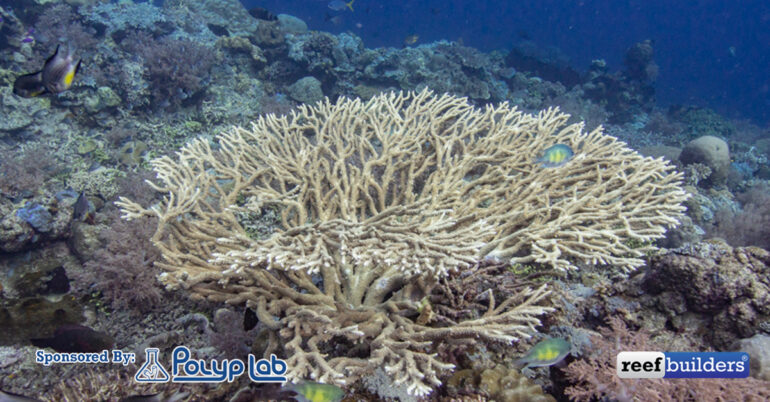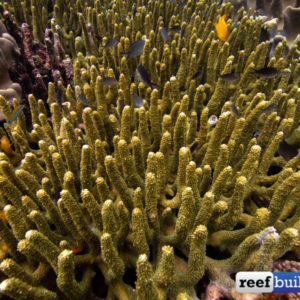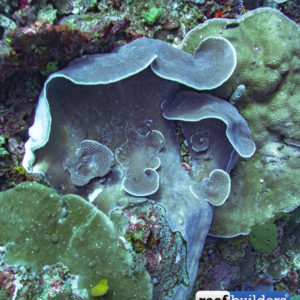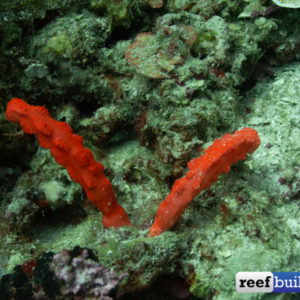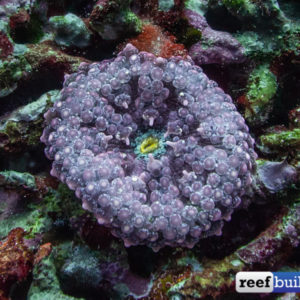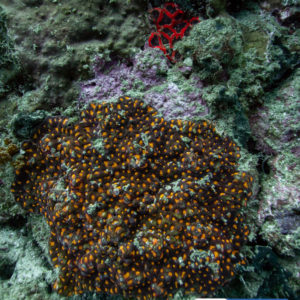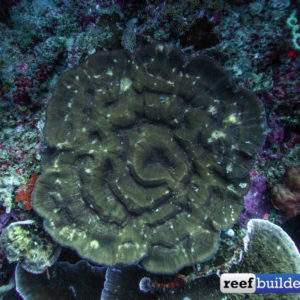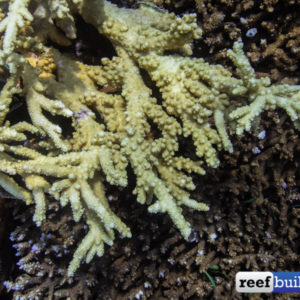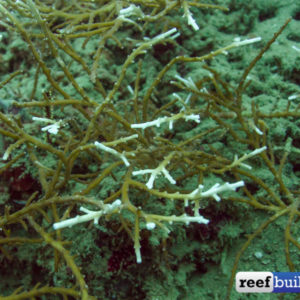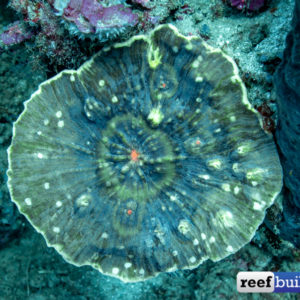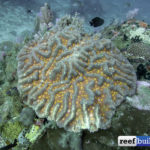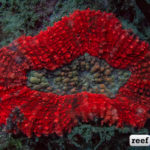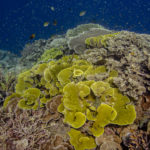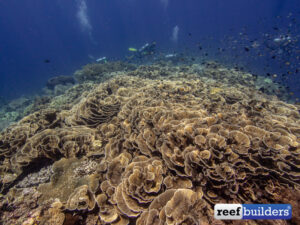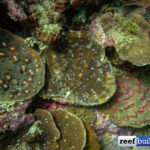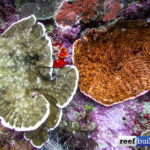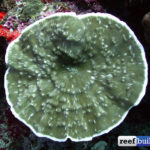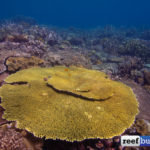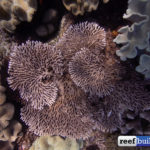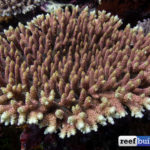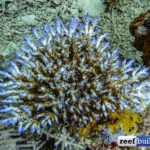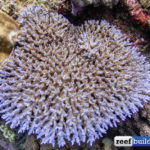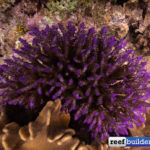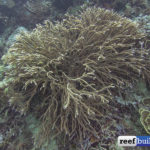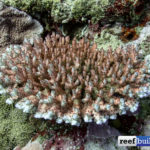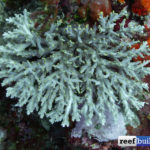Whenever i’m diving on a coral reef, I often find myself turning to the scuba diver next to me in excitement, “can you believe we just found this epic blastomussa colony…” only to realize they could really care less about a few encrusting red polyps.
But you know what ReefBuilders? Just because my dive buddies aren’t excited about some puffy red polyps, I still make sure to document all the weird and wonderful corals for every one of you! So here you have it, my favorite corals from the Polyp Lab Coral Spotting expedition in Halmahera.
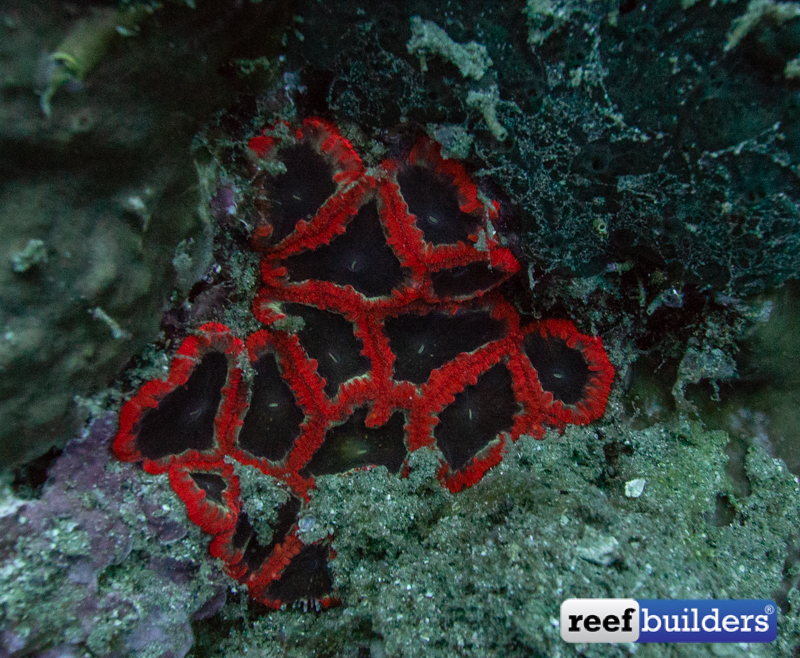
What Makes a Weird Coral
I don’t think I need to explain to aquarist what makes a weird coral! Keeping a reef tank we get pretty used to seeing the same couple dozen corals in a few common colors. But every now and then something like a ludicrous chalice comes along or any other psychedelic combination that makes a coral stand out as something weird.
But for scuba divers, who are less familiar with corals let alone the difference between a common and rare color, the idea of a weird coral is mostly lost on them. For me a weird coral is something that breaks the mold, something with four colors when two is common, or something that has a unique growth form because of its habitat. Even some corals, coralimorphs, or polyps which are rarely seen while diving.
I’m always on the lookout for these hidden gems and happy to have you the ReefBuilders audience to appreciate these rare finds.
What Makes a Wonderful Coral
For me, a wonderful coral doesn’t have to be anything particularly strange. But what makes it wonderful is the size, health, or abundance. Exceptional examples of mature colonies, bright coloration, or perfect placement on the reef.
It wasn’t hard to find many wonderful corals in Weda, this place is unbelievable. Make sure to check out our first article explaining more about the habitat of Weda, and check out our article about the colossal coral colonies, and shallow water Acropora corals to see more wonderful corals.
Weda is an incredible dive destination, off the beaten path, with pristine reefs. It’s definitely a trek to get there but well worth the effort. We want to thank the Weda Reef and Rainforest Resort for showing us around Halmahera and Polyp Lab for being a part of this expedition.
Next week we are moving over to Sulawesi for the second half of the coral spotting expedition where we will explore five unique coral habitats you can find around the Northern peninsula of Sulawesi.


